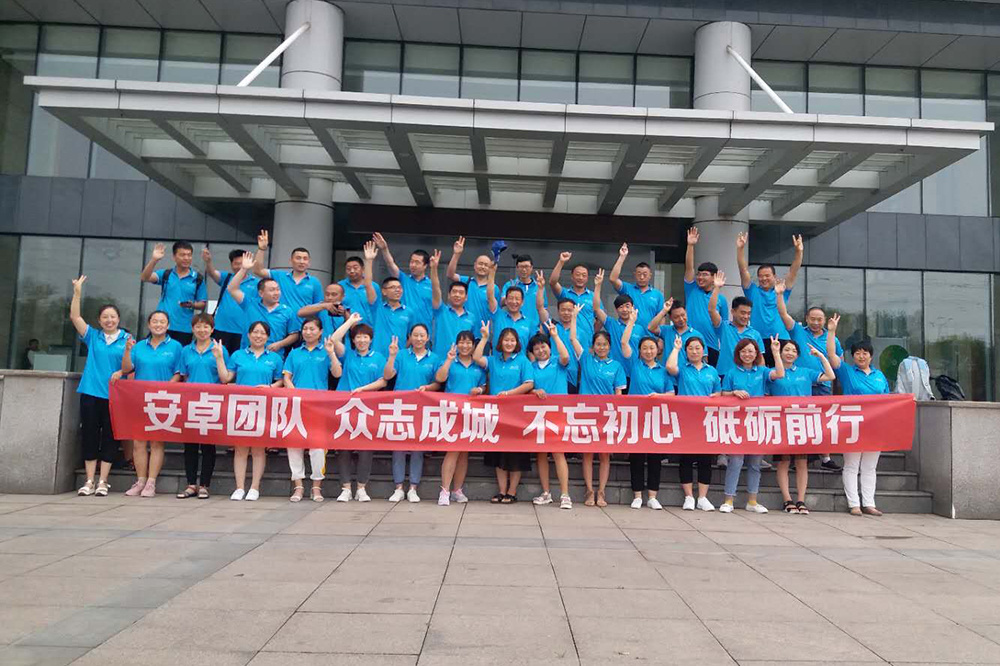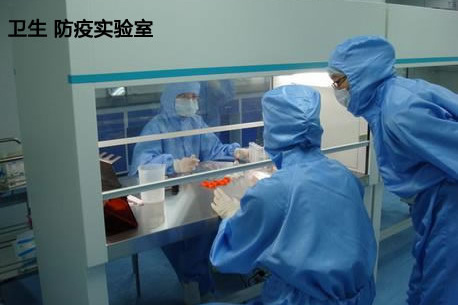The Financial Association Press released a survey: Melt blown cloth prices have fallen but there are still profits, and the popularity of non-woven fabrics is expected to continue until the end of this year
Published Time:
2020-07-08
With the stabilization of the domestic novel coronavirus epidemic, the mask industry chain that was once sought after by the market continues to cool. There have been reports that the price of melt blown cloth has plummeted by more than 90%.
With the stabilization of the domestic novel coronavirus epidemic, the mask industry chain that was once sought after by the market continues to cool. There have been reports that the price of melt blown cloth has plummeted by more than 90%. Even so, most of the listed companies engaged in the production of melt blown cloth have already lined their pockets and some companies' performance in the first quarter of this year has even exceeded their total revenues of last year.
Although the current market is gradually getting colder, large domestic melt blown cloth manufacturers still have a profit. However, for the future market, most companies say that it is impossible to predict, depending on the development of the epidemic. Zhang Rui, the sales director of a non-woven fabric company in Anhui, said that for the entire industry, the current market is not as hot as the previous two months, but many types of non-woven fabrics are still in short supply, such as the demands of spunlace and super fiber used in the production of fast moving consumer goods are still increasing gradually, and it is expected that the heat will continue until the end of this year.
There is still a profit after the price plunge
With the stabilization of the domestic epidemic, the melt blown cloth market has gradually become colder.
"Low-end products, the prices of products below grade 95 have fallen sharply, but both the prices and the profits of Grade 95 and 99 products are still considerable. Low-quality products below Grade 90 have very little profit, and no one wants to buy them even though at a a very low price. There are no such problems for high-quality products." Guoen Shares (002768.SZ) staff said, "The company produces its own melt blown raw materials, so the production cost of melt blown cloth is low and its ability to withstand price drops is strong. This is what many other melt blown cloth manufacturers can’t compare with us.”
Guoen Shares announced in May this year that it was planning to invest to build 20 meltblown cloth production lines. According to the staff of the manufacturer, the first phase has been completed and put into production for mass shipment.
Regarding the investment plan for the remaining production lines, the staff said, “It depends on the overall market situation of the first phase. It is impossible to say that there is no market. (The company) will still do this and will announce the specific progress of the project.Think from the boss's position, if the investor becomes the boss, whether daring to build the remaining production lines should be considered carefully. After all, the company should be responsible to the investors."
The staff from Meilian New Materials (300586.SZ) in South China said, “The company’s current orders are still relatively full. Before the epidemic, the price of melt blown cloth was around 20,000Yuan/ton, and all companies made a profit. The current price is between 50,000 and or more than 100,000 per ton, the gross profit margin is rather high. The specific price depends on the size of customer orders. In the case of high gross profit, its contribution to the revenue of the company's main business in the first half of the year is very large."
Regarding the company's performance in the second half of the year, the above-mentioned staff said, "Specifically, it will depend on the epidemic situation. The price of the (melt blown cloth) market in the later period is really unpredictable in the second half of the year. The situation could change at any time. There are risks but there are also certain opportunities. ."
Performance in the first half of this year may have been settled
According to the reporters of Financial Associated Press, during the process of investigation, the related public companies kept secret about their own performance, but through combing the public information, we found that the performance of the relevant companies in the first half of this year may have been settled.
On April 22 this year, Yanjiang (300658.SZ) mentioned in its reply to the Shenzhen Stock Exchange's letter of concern that in the first quarter of 2020, the company's melt blown non-woven fabrics profit is about 17 million yuan, accounting for about 45% of its total profits. Melt blown non-woven fabrics in the first half of the year will have a greater impact on the company's performance.
According to the announcement above, Yanjiang Shares began to sell medical melt blown nonwoven fabrics in April. And according to its calculations on April 22, taking into account the factors of orders, delivery situation, production capacity and schedule and other situations, this business is expected to contribute more than 32,924,300 Yuan to the company's performance in 2020, accounting for 40% of its total net profits in 2019.
Research institutions were also optimistic about the performance of related listed companies. On April 24, Essence Securities issued a research report saying that the price of polypropylene,the raw materials of melt blown, has risen sharply, which is expected to bring considerable profits for Guoen Shares. Guoen Shares' net profits in 2020 are expected to reach 570 million Yuan.
On June 22 this year, the non-woven fabric enterprise Jinchun Stock’s GEM trial registration was accepted. The company’s main products are spunlace, hot air and filament microfiber non-woven fabrics, which are the raw materials used to produce disinfection wipes, masks and other civilian and medical protective products. Although Jinchun doesn't produce melt blown non-woven fabrics, the demand for other non-woven fabric products of the company has also risen substantially due to the impact of the epidemic.
According to the prospectus, in the first quarter of this year, the sales revenue of Jinchun shares increased by 13.82% year-on-year, and the net profit attributable to the parent company increased by 206.10% year-on-year. In addition, Jinchun Shares predicts that in the first half of this year, the company's revenue will increase by 29.30% to 33.47%, and its net profits will increase by 241.80% to 266.21%. It is expected that the company's full-year net profits in 2020 will increase significantly compared with 2019.
Non-woven fabrics' fever is expected to continue until the end of this year
Melt blown cloth is a kind of non-woven fabrics. Non-woven fabric is also called "non woven fabric", which refers to the fabric formed without spinning and weaving. The non-woven fabric industry originated from Europe and America in the 1950s. And in the late 1970s, it was introduced into China for industrial production. During the development process of non-woven fabrics, many processing techniques have emerged, such as spunbond, needle punched, spunlaced, chemical bonding, thermal bonding, air-laid, wet bonding, melt-blown and so on.
As the core raw material of medical protective masks, melt blown cloth is well-known to the public, and it is hard to find even one piece of cloth when the epidemic is serious. However, before the outbreak of the epidemic, melt blown cloth is relatively niche in the non-woven fabric industry. According to the data, the output of spunbond non-woven fabrics in 2019 was 3.0943 million tons, accounting for 49.80% of the total non-woven fabric outputs, while the melt blown non-woven fabric output accounted for only 1.07% of the total non-woven fabric output during the same period .
Zhang Rui, director of the sales department of a non-woven fabrics company in Anhui, said that the current non-woven fabric market is not as hot as the previous two months, but many types are still in short supply, such as the demands for spunlace and super fiber used in the production of fast-moving consumer goods is still increasing. Affected by the epidemic, foreign demands for non-woven fabrics has soared, and because foreign sources of raw materials are in great short supply, there are many non-woven fabric purchase orders rushing to China.
Zhang Rui said that the entire hot market is expected to continue until the end of this year, but the performance of the market in 2021 and beyond cannot be rashly concluded. After all, with the absence of an epidemic, the non-woven industry directly related to the epidemic will only be normally consumed by the daily medical care industry. However, after COVID-19, consumers’ consumption behaviors, habits and consciousness will change, and the consumption of non-woven fabrics for daily fast-moving products will have a tendency to continue.
The Everbright Securities Research Report believes that in the short term, the epidemic will catalyze the demand for spunlace and meltblown non-woven fabrics. In the future, the government and hospitals will also increase the reserves of protective equipment. Residents’ demand for disinfection wipes and other cleaning products is also expected to increase. The novel coronavirus epidemic will catalyze the growth in demand for non-woven fabrics. In the future, the growth in demand for downstream medical, personal hygiene and healthcare products will drive the continuous growth of non-woven fabrics.







